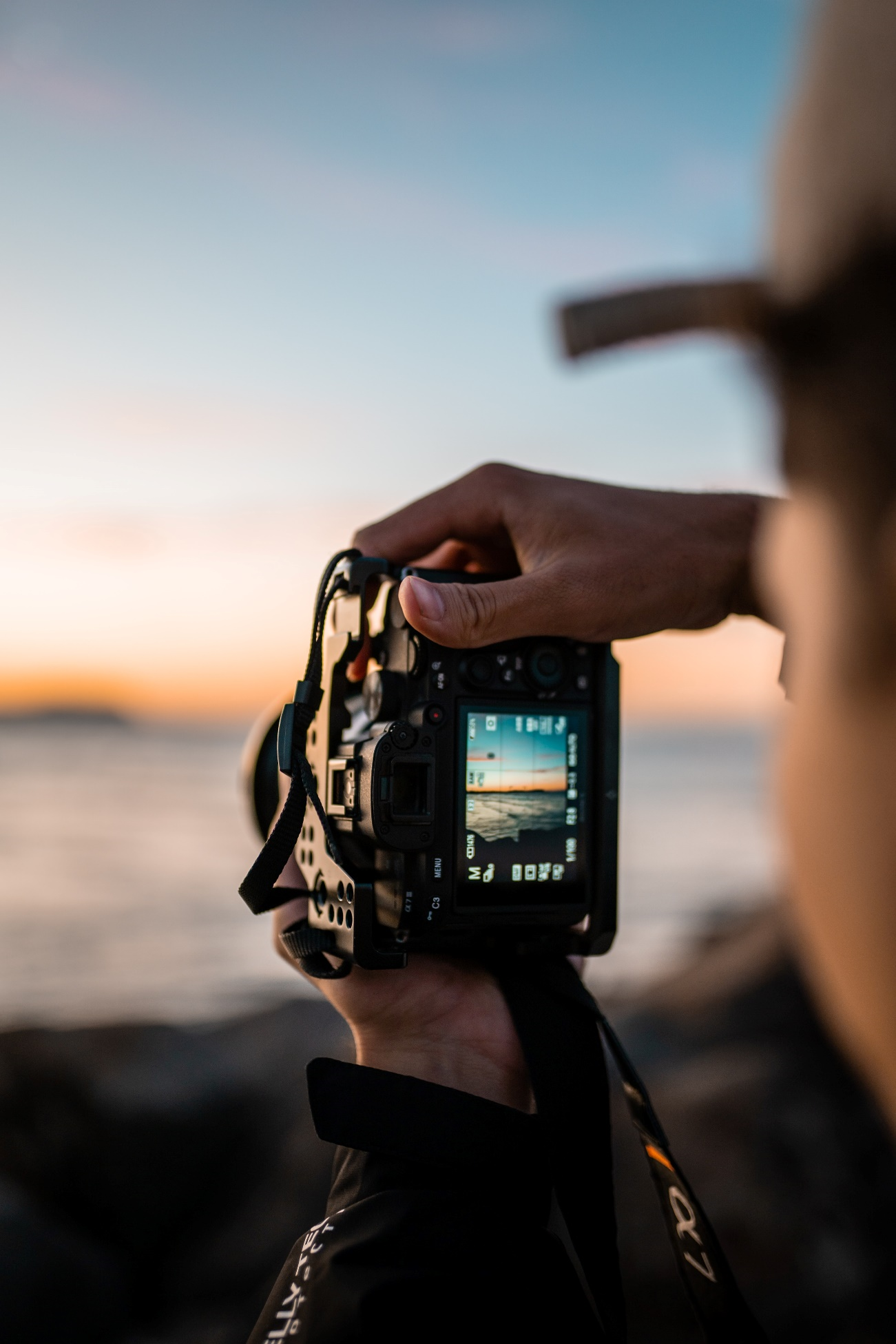What is Exposure in Photography? Know the Basic Rules
Exposure is the single most crucial factor determining how your photograph will look. We often tend to set it in auto mode to avoid complications. However, if you have the option to adjust the exposure, you should always take advantage of this feature. Even smartphones today offer exposure customization. Initially, it may sound complicated, but once you get the hang of it, you will never use auto mode again. After knowing the basics, play with it a little, and you will learn how to set your exposure to get optimum results in exposure photography.
The Basics of Camera Exposure
When pressing the shutter button, the aperture of the camera opens up to let the light in. Then it triggers a response from the sensor or film and creates the image. Camera exposure is basically how much light reaches the film or sensor of the camera to create the image. There are three ways to control the exposure; together, they are called the exposure triangle. The components of the exposure triangle are the shutter speed, aperture, and ISO.
Shutter Speed
Shutter speed is the duration of how long the shutter is open to let in the light, and it is expressed in seconds. Depending on the nature of the photography object and the surrounding light, you need to shutter speed. For example, to capture a photo in low light with the camera on a tripod, you will need a shutter speed of 1 to 30+ seconds. However, if you want to take a photo with a handheld camera without powerful zoom, you must set the exposure level somewhere between 1/50 and 1/100 seconds. These are only some rough estimates, and you can find the optimal setting only by experimenting with your camera.

Aperture
Aperture is the size of the opening of the lens. It is expressed as f/numbers or f/stops. Inside the camera, a mechanical diaphragm is present, and it opens up and closes down to control the size of the lens opening. Remember, the bigger the f/stop number, the smaller the opening. It can be confusing in the beginning; Every time you reduce the f/stop value to half, the lens opening area quadruples. You can calculate the value by using a formula, or you can simply memorize it. Most photographers do the latter as it becomes easier after using it for a while.
ISO Speed
ISO doesn’t determine the amount of light that reaches the sensor. Instead, it measures the sensitivity of the camera’s sensor to the light. It helps to brighten up the photo after the sensor has already been exposed.
It is desirable to set the ISO speed low in all conditions because a higher ISO speed means increased noise in the image. You should raise your ISO only when the light is too dim, and you do not have any other ways to brighten the photo.
After knowing these basics, you are ready to experiment with different lights and settings. No set rule can be followed in every situation. Also, photography is a creative field, and each photographer comes up with a distinct style. Whether you are a professional or an amateur, you should always experiment with the shutter speed, aperture, and ISO speed.
To learn more about photography and get tips, visit our blog at ImageCoast. Never forget to back up your photographs. Use ImageCoast for your online hosting and storage needs.
